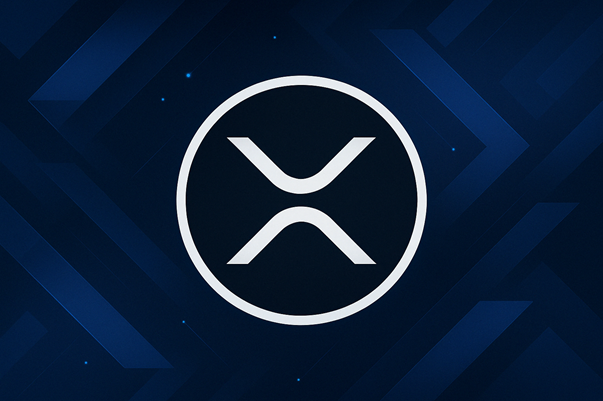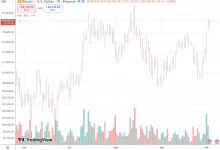Ripple Says ‘Skinny’ Fed Access Could Ease Bank Fears, Aid RLUSD Flows


Ripple views Narrow Fed Account as a Breakthrough
Ripple supports the concept of a limited-access, or “skinny,” Federal Reserve payments account for non-banks — a proposal that could give fintech and crypto firms quicker access to the U.S. payments system without triggering the identical risks as full banking privileges.
“I think it’s an attractive idea, and I think it should give traditional banks some comfort,” said Stu Alderoty, Ripple’s chief legal officer, in an interview with Reuters on Tuesday. “You’re using it for a limited purpose, and you’re not going to be using it for a broader purpose, which potentially could infringe upon the business of a traditional bank.”
The comments come as the Federal Reserve weighs how far to open its payment network to non-bank financial firms. Fed Governor Christopher Waller said last month that the central bank is exploring a “skinny” master account that would give firms access to the Fed’s payments infrastructure — but without the other privileges available to banks, such as interest-bearing reserves, overdraft protection, or access to the discount window.
Investor Takeaway
Ripple’s Application and the Fed’s Reluctance
Ripple said in July that it had formally applied for a Fed master account, which would allow it to connect directly to the central bank’s payment rails instead of relying on intermediary banks. The company argues that such access would improve the efficiency of its dollar-backed stablecoin, RLUSD, by allowing instant redemption of reserves for U.S. dollars or Treasuries.
The Fed has been cautious about expanding access to its core systems, long wary of letting lightly regulated entities tap into what it views as critical financial infrastructure. U.S. banks have opposed the idea, warning it could create new systemic risks and unfair competition if non-banks were granted privileges similar to depository institutions.
Despite those concerns, Ripple says even a stripped-down account would make a difference. “Thinking about that issue of redeemability — to be able to get in and out of Treasury or U.S. dollar assets rapidly — the most efficient and transparent way to do that would be with access to a master account,” Alderoty told Reuters.
Banks Watch Closely as the Fed Tests the Idea
Waller described the “skinny” account as a prototype still under discussion. The model would let non-banks settle payments in central bank money without giving them access to the broader suite of benefits that banks enjoy. The goal, according to regulators, is to test a version that supports innovation while maintaining secureguards against liquidity or credit risk.
Banks remain skeptical. Many lenders argue that allowing fintechs or crypto firms to link directly to the and blur the line between regulated banks and non-bank intermediaries. How the Fed balances those competing interests will determine whether the “skinny” account concept becomes a new category of access or remains a policy experiment.
Investor Takeaway
Regulatory Stakes for Stablecoins
The debate over master account access reflects a broader policy challenge: how to integrate stablecoin issuers into the traditional financial system without undermining its guardrails. For Ripple, direct Fed access could assist and costs while assuring investors that RLUSD reserves are fully backed and redeemable on demand.
Still, the Fed’s approach remains cautious. Officials have said any pilot would take time to develop and test. Waller stressed that the concept could change as regulators assess its implications for monetary policy and bank competition.
For now, Ripple’s support for the “skinny” account proposal places it among a handful of non-bank institutions pressing for a hybrid model — one that brings money without blurring the boundary between banking and fintech.







